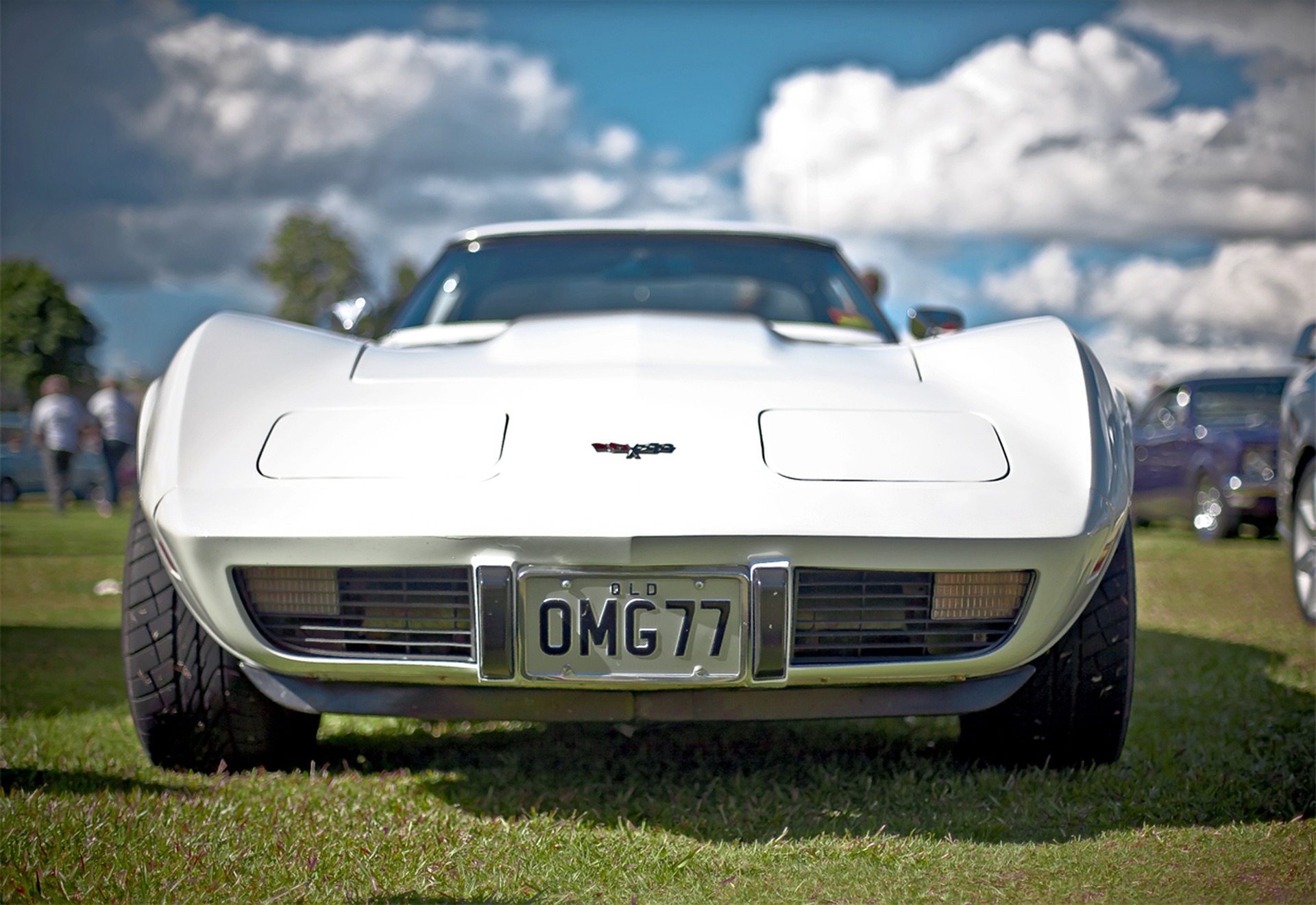Advances in Modern Gearbox Technology: A New Era in Efficiency and Performance
What does the future hold for the humble gearbox? Automotive technology is moving at an incredible pace, but amidst all the buzz about electric cars and autonomous driving, one area that deserves equal attention is the gearbox. Often overlooked, this essential component is undergoing a revolution of its own.

The Evolution of Gearbox Technology
Beginning with the simple manual systems of the early 20th century to the highly advanced automatic and dual-clutch systems of today, the gearbox has always been an integral part of the vehicle’s performance. It is the nexus of power, connecting the engine to the wheels. Its evolution is a chronicle of human ingenuity and technological progress, driven by the ceaseless pursuit of performance and efficiency.
The Shift towards More Gears
One of the most noticeable trends in gearbox technology is the increasing number of gears. The rationale behind this is simple: more gears allow for a wider ratio spread, which can enhance both fuel efficiency and performance. As a result, modern vehicles are being equipped with 8, 9, or even 10-speed gearboxes. This trend is backed by research from the National Renewable Energy Laboratory, which found that vehicles with more gears can achieve a fuel efficiency improvement of up to 10%.
The Rise of the CVT
Another significant development is the rise of the Continuously Variable Transmission (CVT). Unlike traditional gearboxes, a CVT doesn’t have gears but uses a pair of variable-diameter pulleys connected by a belt or chain. This design allows for an infinite number of gear ratios, providing smooth acceleration and improved fuel efficiency. However, CVTs have also faced criticism for their lackluster driving feel, but advancements in CVT technology are addressing this issue.
Challenges and Future Prospects
Despite these advances, gearbox technology faces several challenges. The increasing complexity and cost of modern gearboxes are significant issues. Furthermore, the rise of electric vehicles, which typically don’t require a conventional gearbox, could potentially disrupt the industry. However, the gearbox isn’t going extinct anytime soon. It will continue to evolve, with emerging technologies such as the 10-speed transmission and the improved CVT promising to take performance and efficiency to new heights.
Conclusion
Just as it has been in the past, the gearbox remains a critical component in the performance and efficiency of vehicles. Its evolution is an intriguing aspect of automotive technology, reflecting the industry’s relentless pursuit of improvement. As we look towards the future, it’s clear that the gearbox will continue to play a pivotal role in shaping the driving experience.




